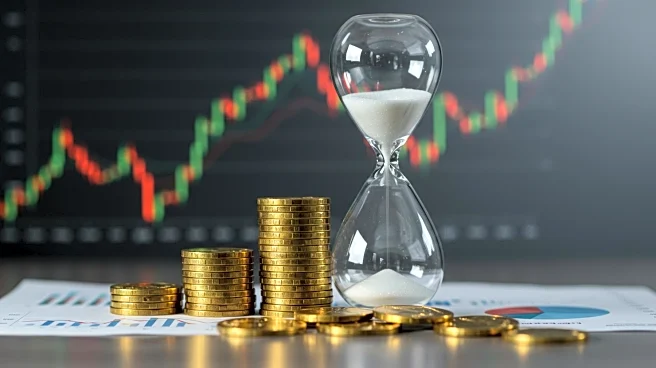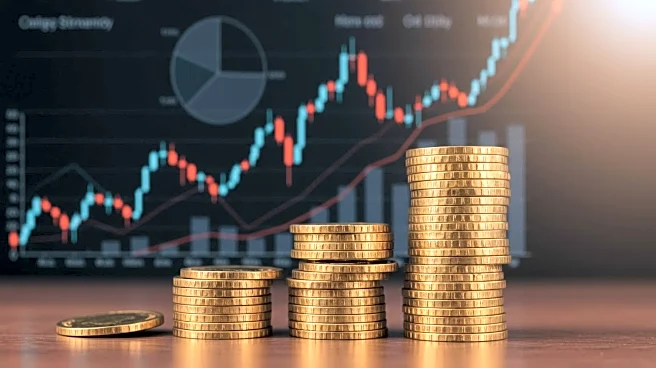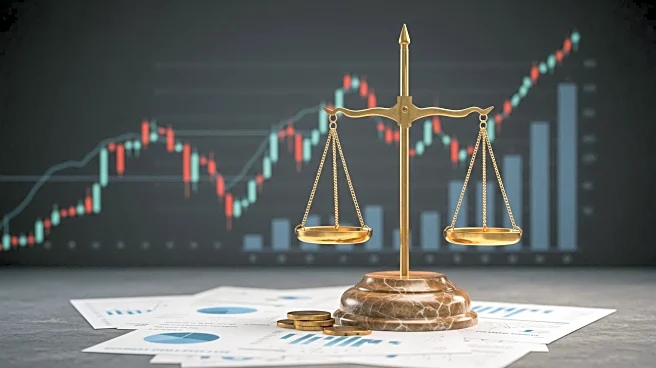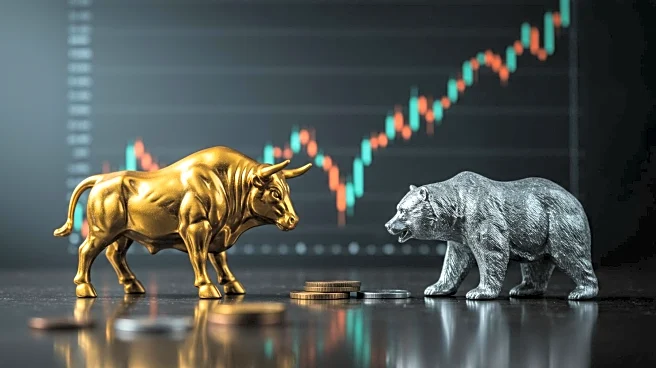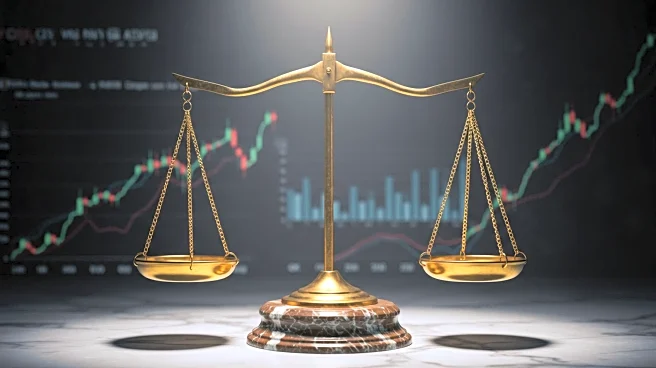What's Happening?
Financial experts are providing guidance on how much money individuals should consider depositing into certificates of deposit (CDs) this August. Despite not reaching the high levels seen in previous years, CD rates are currently offering attractive returns, with some short-term CDs providing annual percentage yields (APYs) of 5% or more. The decision on the amount to invest in a CD should be based on one's financial situation, including the presence of an emergency fund and the ability to withstand inflationary pressures. Experts suggest considering liquidity needs and potential penalties for early withdrawal. Additionally, comparing CD rates with other low-risk investment options, such as high-yield savings accounts and money market accounts, is recommended. The Federal Reserve's potential rate cuts could influence CD rates, making it crucial to lock in higher rates now.
Why It's Important?
The advice on CD investments is significant as it helps individuals navigate the current economic environment characterized by inflation and fluctuating interest rates. CDs offer a low-risk option for earning interest, but they require careful consideration of liquidity needs and financial goals. With the Federal Reserve possibly lowering rates, locking in current rates could be advantageous. This guidance is crucial for savers looking to optimize their returns while maintaining financial flexibility. The broader impact includes influencing personal savings strategies and potentially affecting consumer spending patterns as individuals adjust their investment choices.
What's Next?
As the Federal Reserve's September meeting approaches, there is a high likelihood of rate cuts, which could lead to lower CD rates. Savers may need to reassess their investment strategies, considering options like CD ladders to maintain flexibility. Monitoring interest rate trends and economic indicators will be essential for making informed decisions. Financial planners may continue to advise clients on balancing risk and reward in their investment portfolios, potentially leading to shifts in savings behavior.
